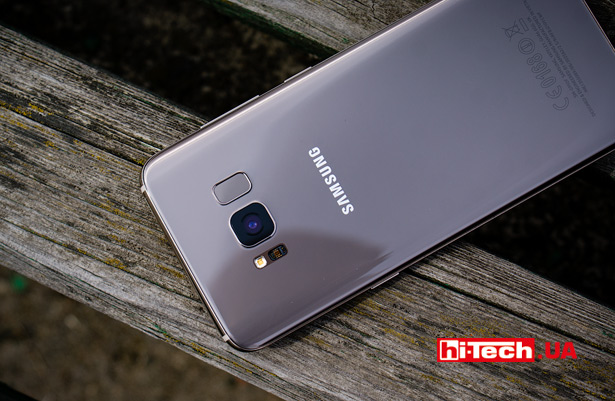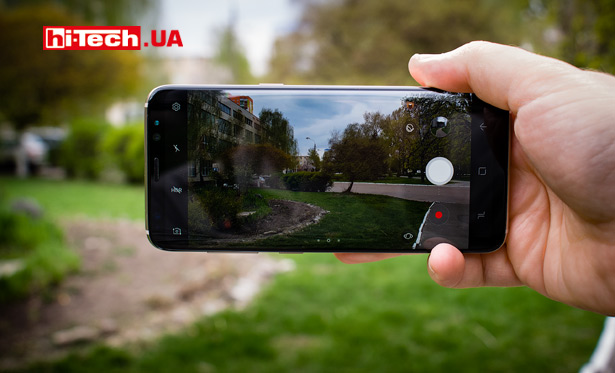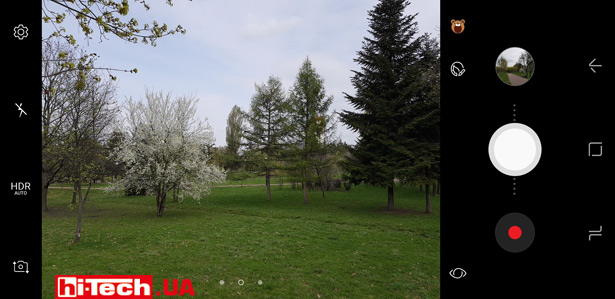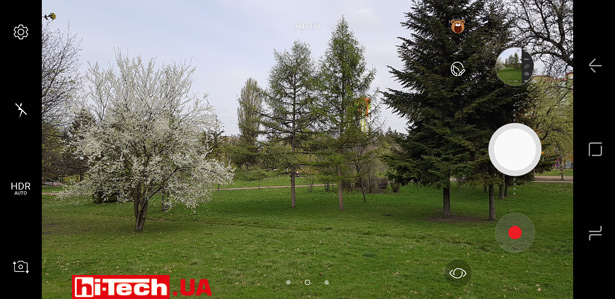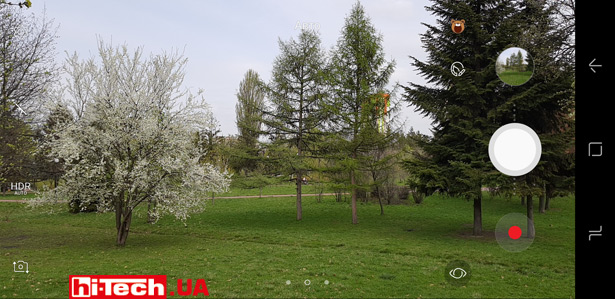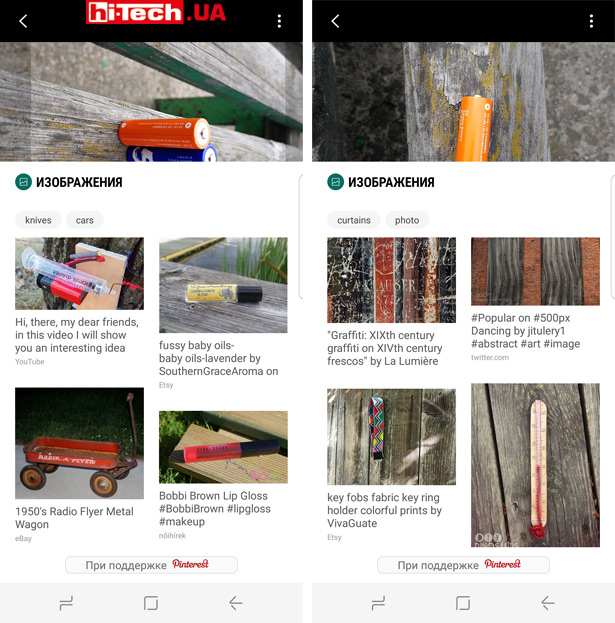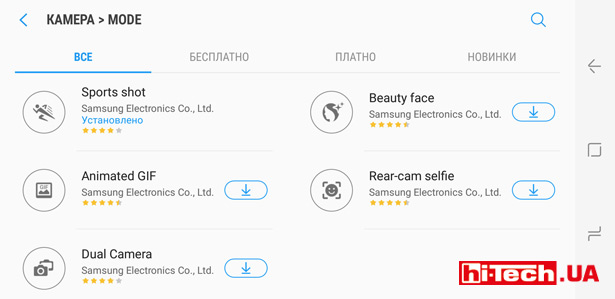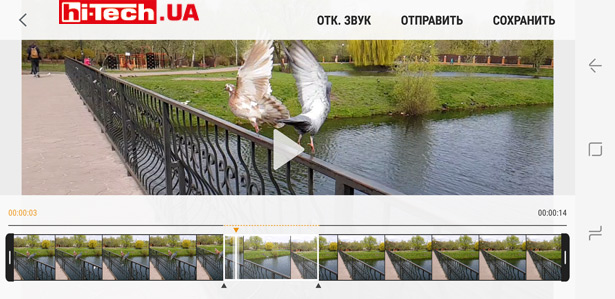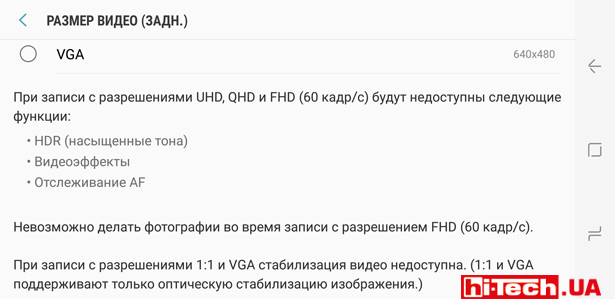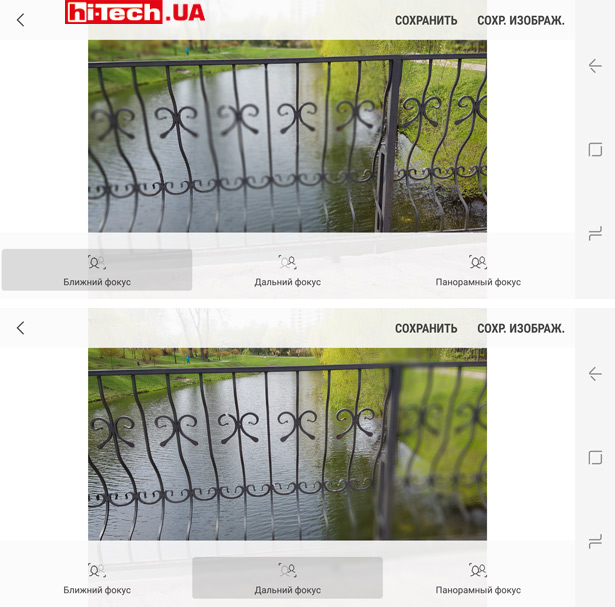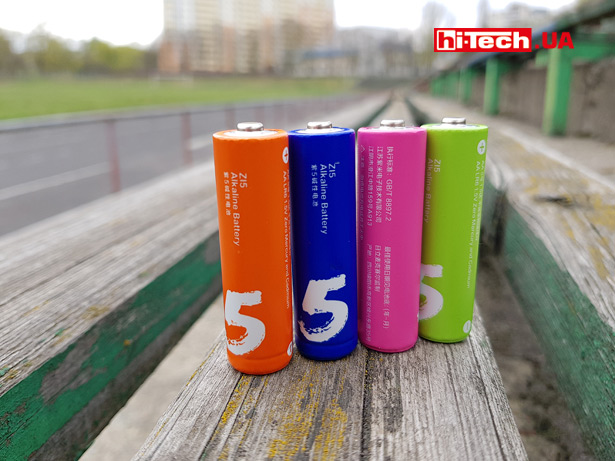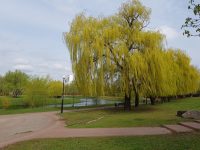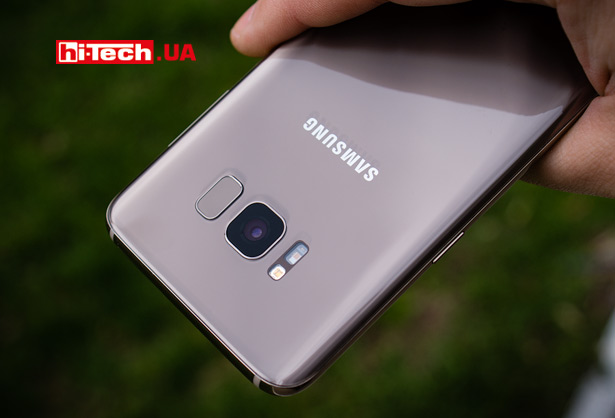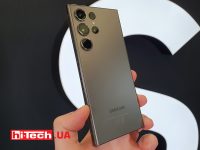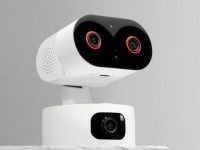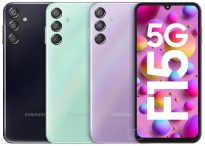We study the quality and shooting capabilities of the Samsung Galaxy S8 camera. Where is the progress?
21.04.17
Quality and shooting capabilities are something that smartphone manufacturers have been paying increased attention to in recent years, but at the presentation of the new generation of top-end smartphones Samsung Galaxy S8/S8+, you could notice that little was said about the camera.
As it turns out, this is no coincidence. In hardware, the main (rear panel) cameras in the Samsung Galaxy S8/S8 Plus are identical to those used in the previous generation of flagships – Samsung Galaxy S7/S7 Edge.
True, there are suggestions that with identical characteristics, the S8/S8+ still received new sensors.
The manufacturer states that the main changes in the camera affected image processing algorithms and software.
Let’s note some characteristics and features of the rear camera of Samsung Galaxy S8/S+ smartphones:
- matrix (sensor) resolution 12 megapixels;
- matrix size 1/2.5”;
- presence of an optical non-switchable image stabilization system;
- Dual Pixel hybrid autofocus system using phase detection autofocus;
- equivalent focal length of a 26mm lens;
- lens aperture f:1.7.
But the front selfie camera is really new. The resolution has increased from 5 to 8 megapixels, and autofocus has appeared. Sensor size 1/3.6″.
External inspection
Unlike the S7/S7 Edge, the rear camera eye of the Samsung Galaxy S8/S8 no longer protrudes above the surface. This makes the appearance of the device more concise. And in this case it is more difficult to damage the glass.
It’s interesting how this was achieved, because, unlike, for example, iPhone smartphones or Sony Xperia flagships, the camera here is placed opposite the screen and “sinking” it into a rather thin smartphone body is not an easy task.
Pay attention to the location of the fingerprint sensor. Such close proximity to the camera means that the likelihood of leaving fingerprints on the outer glass of the lens is quite high.
Shooting mode
The shooting mode interface has been redesigned quite a bit; owners of previous generations of Samsung smartphones should find it very familiar.
While holding the shutter button, you can now move it vertically. This provides digital zooming. For photography, the usefulness of this mode is questionable, because at any time you can easily “crop” the image after shooting, and when shooting video, zooming occurs, as before, with a two-finger gesture.
The screen of Samsung Galaxy S8/S8+ smartphones has become much more elongated. The aspect ratio is 18.5:9. This led to the emergence of new frame formats for photo and video shooting for such a screen.
If you select the full frame resolution (12 megapixels) to take photos, the image on the screen will occupy only a small part with large black fields on the sides (see above). This is due to the fact that the aspect ratio of the sensor is 4:3.
When you set the photo aspect ratio to 16:9, only a small black bar will remain on the screen, but if you select an aspect ratio that matches the screen, the black bars will disappear. In this case, of course, the frame is “trimmed” from above and below with a corresponding reduction in its final size.
There were few new opportunities. From what catches your eye is the addition of various stickers, stamps, “muzzles”, similar to those used in some third-party applications and various instant messengers.
The appearance of the new Bixby assistant, which received a lot of attention in the Samsung Galaxy S8/S8+, was also reflected in the camera mode. The system is able to recognize photographed objects and substitutes found similar images from the Internet with additional information. The quality of the service is still far from ideal.
As before, you can increase the functionality of the camera by downloading additional extensions. But such expansions are few and far between and seem to remain virtually unchanged from year to year. Some even disappear sometimes. For example, an application for shooting spherical panoramas has disappeared somewhere.
The “Pro” mode, with the ability to manually control many shooting parameters, was left virtually unchanged. It provides a cool opportunity for various experiments. Enthusiasts should love this mode. In addition, the Samsung Galaxy S8/S8+ did not deprive the ability to shoot RAW.
It is noteworthy that such “manual” settings related to exposure (in this case, we mean shutter speed and sensitivity) are also available for video recording. Many competitors don’t do this. We also highlighted this nuance in Samsung devices, comparing the cameras of Samsung Galaxy S7 Edge, Huawei P9, LG G5 se.
As for the slow motion mode, the Samsung Galaxy S8/S8+ is doing quite well with this, but, unfortunately, there are no changes compared to the Galaxy S7/S7 Edge. When shooting in slow motion, videos are recorded in 720p240 mode (HD resolution at 240 fps). It would be nice to get a 1080p120 mode as well. This choice is available, for example, in the iPhone.
Time Lapse Example
There were mentions on the Internet that the Samsung Galaxy S8/S8+ can shoot 4K video at 60 fps, but I did not find this. 4K video is shot at a standard speed of 30 fps.
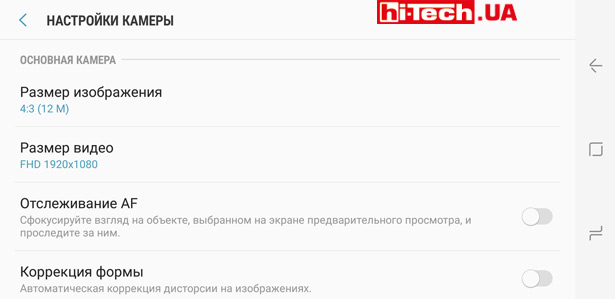
With AF tracking, you can select an object (stationary or moving in the frame) and the camera will keep focus on this object. The function is implemented well
Filming
The autofocus of the main camera of the Samsung Galaxy S8/S8+ deserves only praise. Focusing for both photo and video shooting is very fast.
In the Galaxy S7/S7 Edge smartphones, when choosing to shoot video in 1080p60 format, the autofocus speed noticeably decreased. The same drawback is present in the Samsung Galaxy S8/S8+. Apparently, this is not a software defect, but is related to some hardware features.
It seems that even with HDR turned off, the smartphone camera tries to preserve more details in bright areas and slightly “tightens up” details in dark areas. The difference between shots with and without HDR is often very small.
The manufacturer emphasizes that the Galaxy S8/S8+ uses a special algorithm that allows you to achieve good pictures even in limited lighting due to multi-frame shooting, when several frames are combined into one.
We should note that we noticed the operation of similar technology in previous Samsung flagships. Whether there are changes in the implementation of this in the Samsung Galaxy S8/S8+ compared to its predecessors is difficult to say without a comparative test.
An interesting observation: when shooting at night, the image on the screen during sighting may differ noticeably from the final image in hue.
The trendy mode with a choice of focusing on the foreground object or background with artificial blur after shooting in Samsung smartphones still does not work the best. Some competitors’ devices implement this function better.
The smartphone often makes mistakes and creates completely unnatural blur.
If you want to get a blurred background, then with the Samsung Galaxy S8/S8+ you can do this without any software tricks. By the standards of system cameras, the Galaxy S8/S8+ sensor is small, but in combination with the high aperture of the lens, when shooting at large scales, you can achieve a very shallow depth of field with natural background blur.
Gallery of frames captured by the main camera of the Samsung Galaxy S8
Shooting Full HD video in good lighting conditions
Shooting 4L video in good lighting conditions
Shooting Full HD video at night
Shooting 4K video at night
Conclusions
Overall, the Samsung Galaxy S8/S8+ shoots very well cool. This applies to both photos and videos. 4K videos are very detailed in sufficient lighting. Optical stabilization, combined with good sensor sensitivity and high lens aperture, allows you to get good pictures and videos even in difficult conditions when shooting handheld.
The camera has many different interesting modes, designed for both beginners and enthusiasts.
There is virtually no doubt that the Samsung Galaxy S8/S8+ smartphones will be among the leaders in 2017 in terms of shooting quality. The problem is that we already saw approximately the same level of shooting and a similar set of capabilities a year agoin the previous generation Samsung flagships. But I want to get even more in new models.
It seems that smartphone cameras have reached some kind of development limit, and this applies not only to Samsung, but also to other vendors. Progress is no longer so noticeable.
A fresh solution for smartphone cameras looks like new generation of matrices (sensors ) Sony with three-layer structure and built-in DRAM buffer. But it seems that Sony has not yet begun to share with competitors, and such matrices are present only in new smartphones snapdragon-835/” target=”_blank” rel=”nofollow noopener”>Sony Xperia XZ Premiumand Xperia XZs. It is difficult to say without tests whether three-layer matrices provide an advantage in shooting quality. But no one yet has such a powerful Slow Motion mode as in the Xperia XZs/ XZ Premium, with a shooting speed of 960 fps.
Read also:
Testing cameras Huawei P9, LG G5 se and Samsung Galaxy S7. Who takes better pictures?
What can the Samsung Galaxy S7 camera do?
A few words about the Samsung Galaxy S6 camera
How does the LG G4 take pictures? We look at the camera mode in the new flagship
Comparison of HTC One (M8) and Samsung Galaxy S5 cameras
Camera test. LG G3 vs Samsung Galaxy S5
Engineer of the Test Laboratory
Don't miss interesting news
Subscribe to our channels and read announcements of high-tech news, tes
Oppo A6 Pro smartphone review: ambitious

Creating new mid-range smartphones is no easy task. Manufacturers have to balance performance, camera capabilities, displays, and the overall cost impact of each component. How the new Oppo A6 Pro balances these factors is discussed in our review.
Editor’s Choice 2025. Best devices of the year by hi-tech.ua

The best gaming laptops, mice for work, gaming keyboards, smartphones, and wireless headphones of 2025. Among them, we will highlight the most interesting ones and those that we can recommend buying.
iRobot has declared bankruptcy business
The American company iRobot, which once made robotic vacuum cleaners a mass product thanks to the Roomba line, has officially declared bankruptcy.
Digital Foundry’s Best Games of 2025 games rating
Digital Foundry has published its ranking of the best games of 2025 based on graphics, and The Game Awards leader Clair Obscur: Expedition 33 didn’t make it into the top three.


